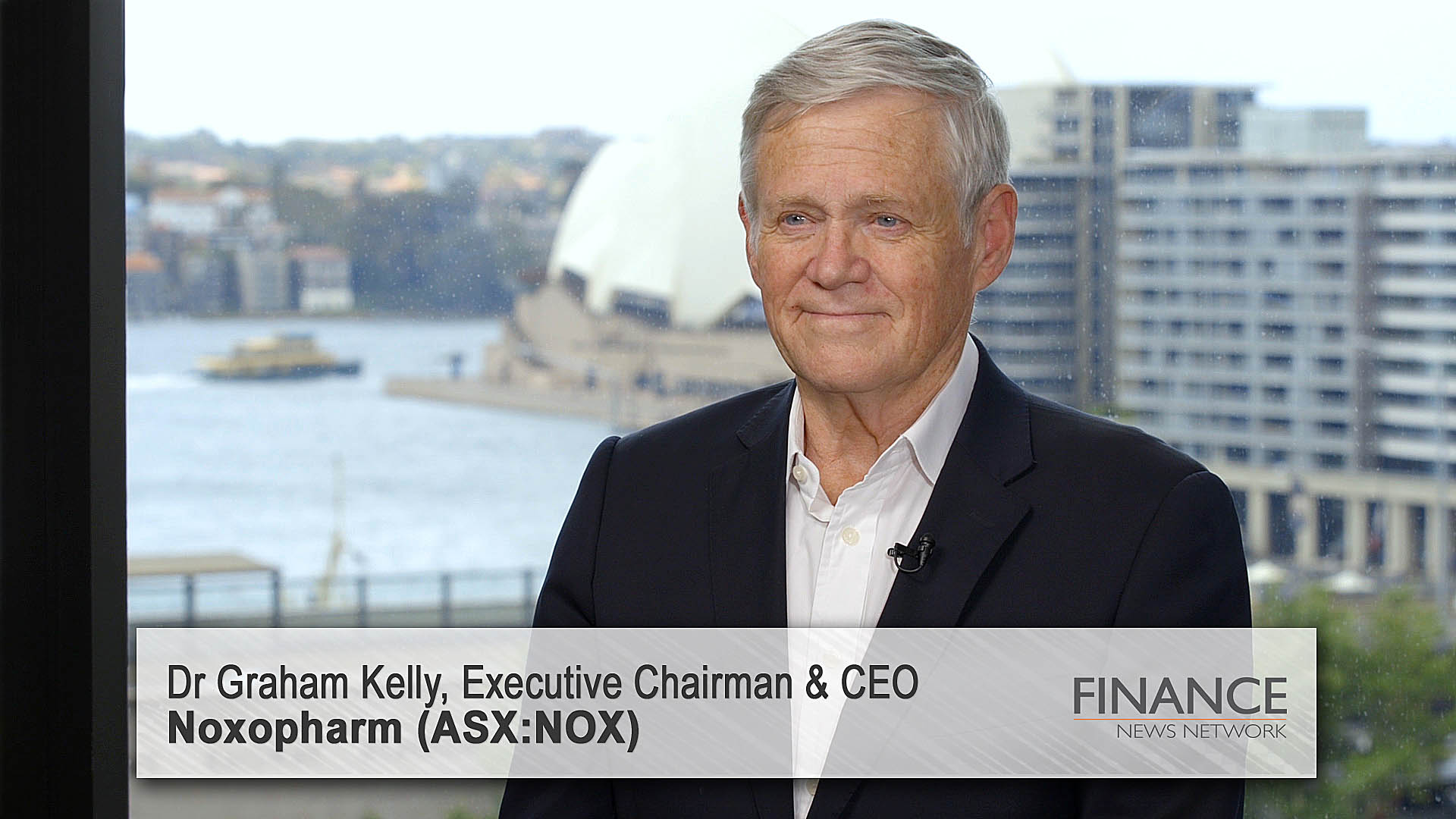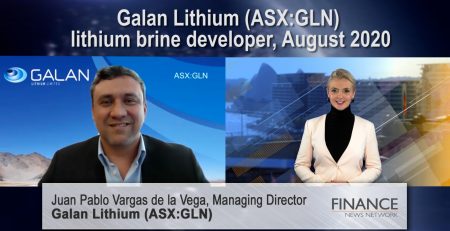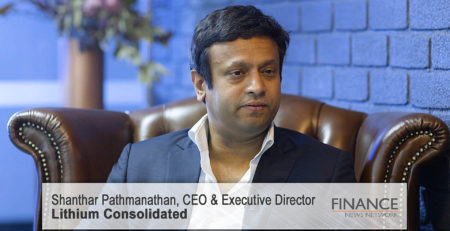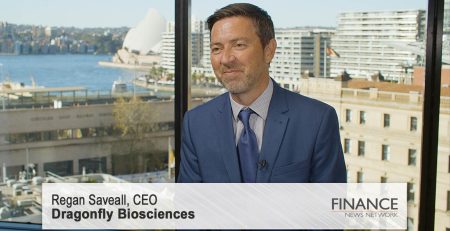Noxopharm (ASX:NOX) DARRT-1 program in prostate cancer
Noxopharm Limited (ASX:NOX) Executive Chairman & CEO, Dr Graham Kelly, discusses clinical results from the company's Phase 1b clinical DARRT-1 trial for its lead product candidate, Veyonda, with low-dose radiotherapy.
Rachael Jones: Hello. I'm Rachael Jones for the Finance News Network. Joining me today from Noxopharm (ASX:NOX) is Executive Chairman and CEO Dr Graham Kelly. Dr Kelly, welcome back to the network.
Dr Graham Kelly: Thank you, Rachael.
Rachael Jones: Now, first up, could you start by telling us the exciting announcement for Noxopharm's DAART-1 program into prostate cancer?
Dr Graham Kelly: Well, I agree. We as a company believe it is exciting. The DAART-1 study is a Phase 1 study in 25 men who have late-stage prostate cancer. So, these are men who are at the end of their treatment journey. And what we're trying to do is to see whether our drug, Veyonda, when combined with some radiotherapy, will stop the development of that tumour. So, what we're trying to achieve is longer life and better pain relief in these men.
Rachael Jones: And what do these results mean for the patients?
Dr Graham Kelly: Well, what we showed in the results today is that about two-thirds of men at six months after they started their treatment — two-thirds of those men have had a tumour response. And it's quite a significant tumour response. That is, the tumour has either stopped growing or it has shrunk. And some 62 per cent of those men have had a significant decrease in their pain levels, including a number who are now totally pain free. So, for those men that came into that study with the expectation of a life expectancy of six to eight months, but with significant pain in that process, this is a very meaningful outcome.
Rachael Jones: That's fantastic news. So, what can investors expect moving forward with the DAART program?
Dr Graham Kelly: What this data today gives us is the confidence and the rationale now to jump forward to what we hope will be the final stage of testing. It's going to be what's called a Phase 2 adaptive trial, which means that you do it as a Phase 2, but then if you get the results you're after, it automatically expands into a Phase 3. So we're referring to it as DAART-2/3. And we now need to file an IND (Investigational New Drug Application) in the United States because that's where a lot of the trialling will happen. This will be a multinational study that's going to be conducted around the world — mainly North America, but also Europe and Australasia and some parts of Asia. So, there's a significant amount of news flow to come over the next 12 months as we take those different steps to get into that final stage.
Rachael Jones: And to the last question now, what does this mean for Noxopharm more broadly?
Dr Graham Kelly: Well, it's taking the company into that final big-time stage where you are now in a point of you're one step away from reaching the market. So, for any drug development company, that's a major goal. So, we are now at that point. And the attrition rate or failure rate for drugs as they start in the clinic and then moving forward is remarkably high. And we believe that what we've done now is to de-risk this whole process with this data that we've released today. So, we have a drug that has proven in combination with radiotherapy to be very well tolerated, so that safety isn't an issue anymore. And, of course, the data now shows that the combination is doing something, it's working. So, the question now is, can we get that to be replicated in a much larger study? We believe we can, but that's yet to be tested.
Rachael Jones: Dr Graham Kelly, congratulations on the trial results and thanks for the update.
Dr Graham Kelly: Thanks, Rachael.
Ends
Post script
DARRT-1 results.
Of the 25 patients, at 6 months:
- 15 patients were measured radiographically: 10 had stable disease or better.
- 16 patients had PSA and pain response assessments: 5 and 10 had PSA and pain response, respectively.
PSA response was defined as a PSA fall from baseline of >50%.
Pain response was defined as a pain reduction of >30%.
Copyright 2019 – Finance News Network
Source: Finance News Network











